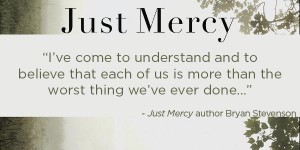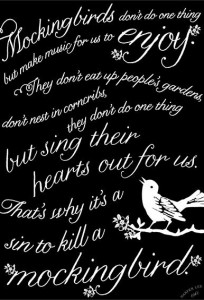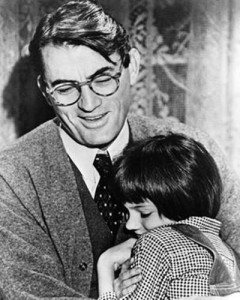A Summary of Mark Childress’s article, “Looking for Harper Lee”
Mark Childress, an award-winning novelist from the South, always loved To Kill a Mockingbird. In fact, he grew up in Monroeville, Alabama and knew friends of Harper Lee. In an article published several years ago, Childress described how her book affected him as a young reader: “The book moved me as no book had ever done. It made me want to learn how to make that kind of magic, to tell that kind of truth.” Harper Lee was one of the reasons he aspired to be a writer of fiction as a young boy. He thought of authors as “invisible wizards who swept me off to far places to work their spell on me. To Kill a Mockingbird was fiction, but it was real. It came from this place where I sat.” He aspired to create this magic on a page by writing from his own life experiences as well. Since Harper Lee had such an impact on his dream, he tried many times to track her down to meet in person. He attempted to contact her and have the chance to see her, but she continued to turn him down and did not want to be interviewed.
After all of his searching and persistence, Childress finally received a letter in the mail from Harper Lee herself. She was kind and encouraging, expressing how great she thought it was that he was pursuing writing. It was then that Childress decided to end his quests to meet Harper Lee in person. He realized that it was her choice to stay private and she already had given him and all of her readers the best gift of all… “a novel to change minds and arouse consciences.” And what a precious gift that is.








